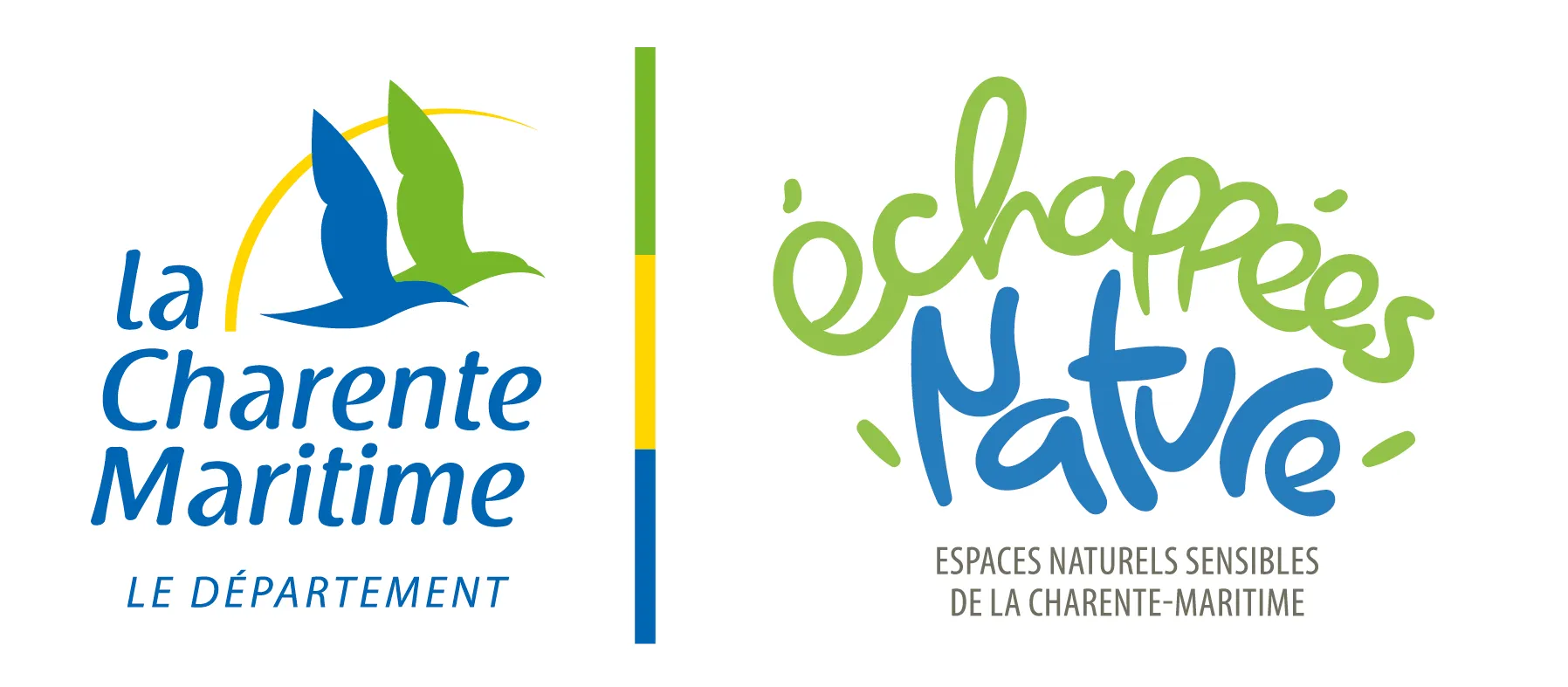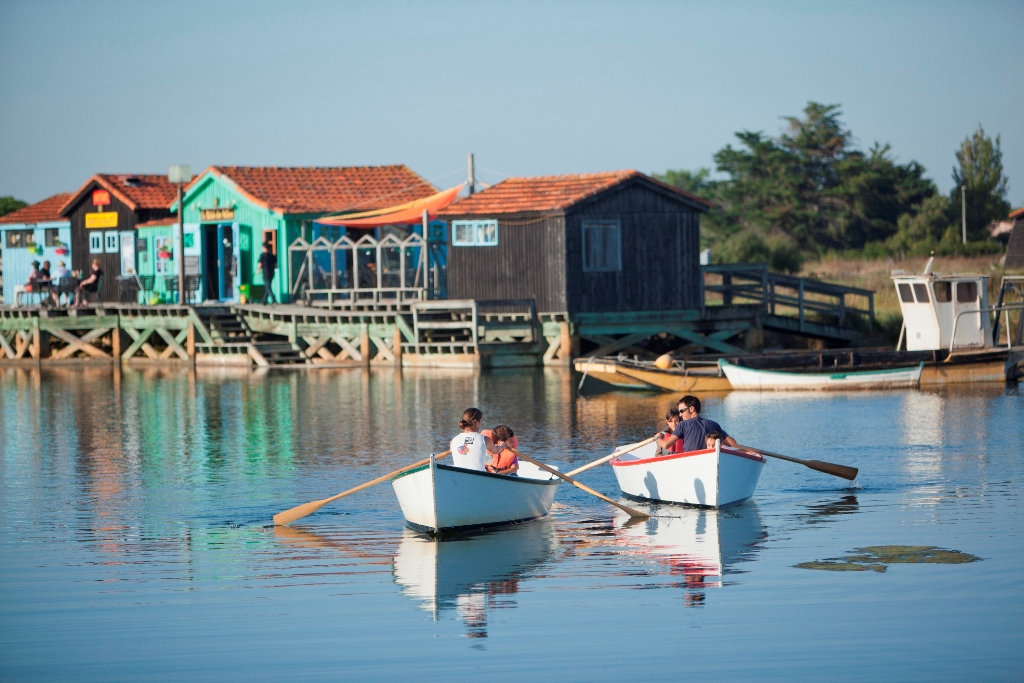Découvrir
Situé sur la commune de Grand-Village-Plage, sur l’île d’Oléron, le Port des Salines, écrin naturel labellisé Pôle-Nature, se propose de vous dévoiler l’histoire de la saliculture oléronaise et le savoir-faire du saunier sous de multiples facettes.
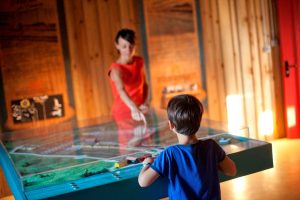
Laissez-vous transporter de cabane en cabane à la découverte de l’univers magique du sel et des marais, à travers des expositions pour petits et grands.
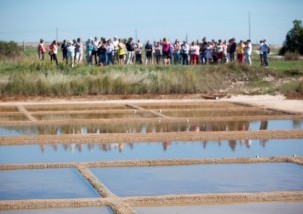
Découvrez grandeur nature le fonctionnement d’un marais salant, observez les gestes ancestraux du saunier et dégustez cet or blanc qui nous est si vital.
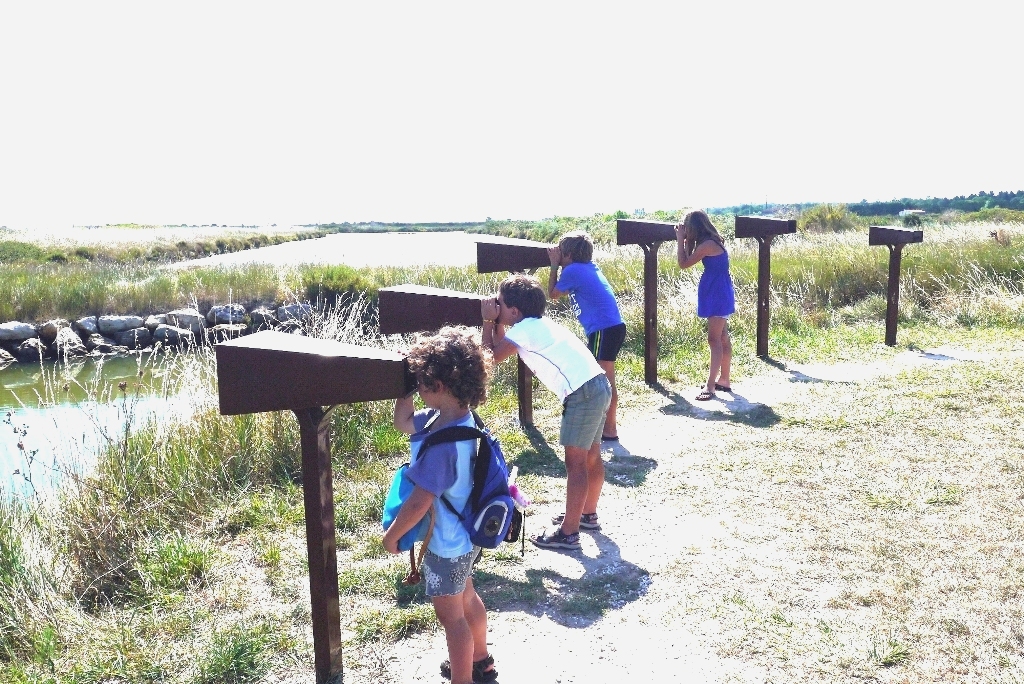
Le sentier d’interprétation
En accès libre et gratuit 24/24h, il jalonne le parcours pédestre et permet une première sensibilisation au patrimoine salicole.
Des animations autour du sel ont également lieu tout au long de la saison :
En été, grâce au Rendez-vous avec le saunier, retroussez vos manches et venez pratiquez la récolte du sel !
Pendant les vacances scolaires, les ateliers pédagogiques permettent une approche simple et ludique de l’activité salicole pour les 4-12 ans.
Découvrez aussi l’apéro-barque, la visite dégustation, la chasse au trésor « à la sau » et la visite dégustation multi-sensorielle…
